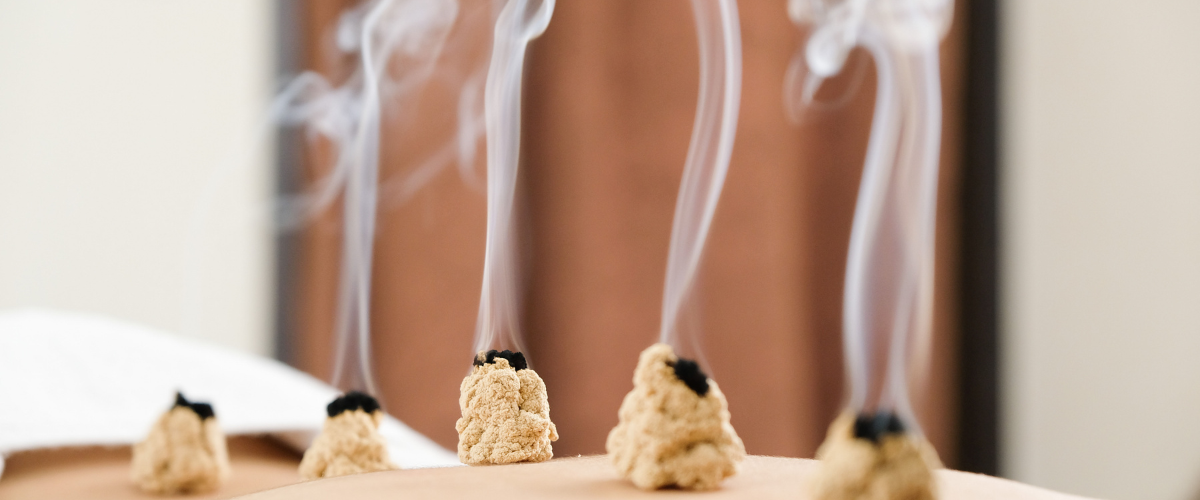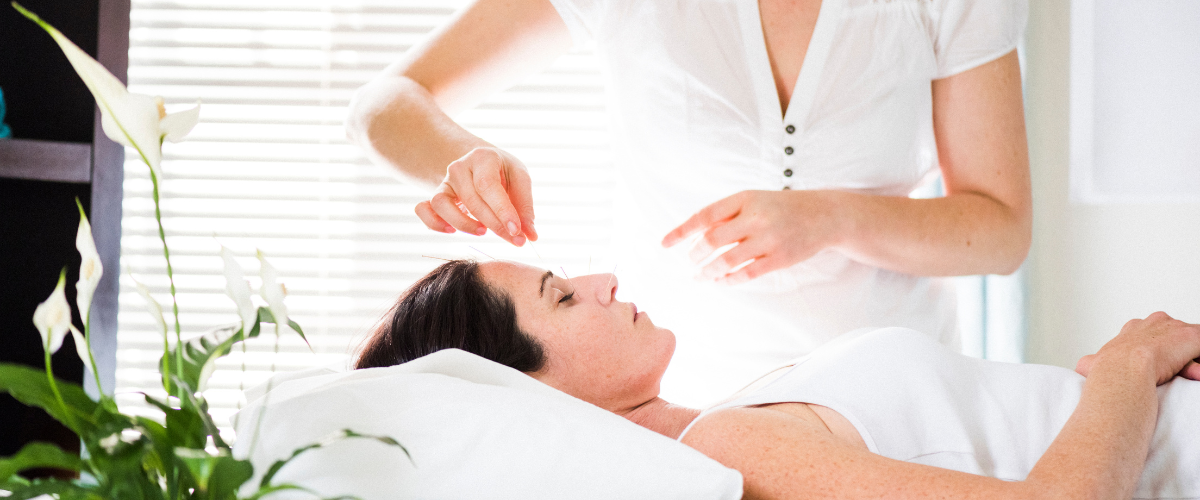Back labour, also known as posterior labour, can be an incredibly painful and challenging experience for expectant mothers. However, acupuncture has emerged as a widely recognized and effective alternative therapy for providing relief from this intense back pain during labor. By targeting specific acupoints along the body’s energy pathways, or meridians, acupuncture stimulates the release of endorphins, which are natural painkillers, and promotes relaxation. This ancient Chinese practice not only offers pain management but also facilitates optimal positioning of the baby, leading to a smoother and potentially shorter labor. With its holistic approach, acupuncture has become a popular choice for women seeking a natural and drug-free method to cope with back labour.

What Causes Back Labor?
Back labor refers to intense lower back pain experienced during childbirth. It is primarily caused by the position of the baby in the womb, where the baby’s head presses against the mother’s sacrum or tailbone instead of the cervix. This positioning can put excessive pressure on the back and spine, leading to intense discomfort and pain. Other factors that may contribute to back labor include a larger baby size, an extended labor period, or previous pelvic injuries.

How can back labor be prevented?
Back labor can be prevented by adopting certain positions during labor and delivery that help alleviate pressure on the back. Maintaining an upright position, such as walking, rocking in a chair, or using a birthing ball, can help keep the baby’s head off the lower spine and reduce the intensity back labour of back pain. Additionally, practicing regular exercises that strengthen the back muscles and maintaining good posture throughout pregnancy can also help prevent back labor. It is important to consult with healthcare professionals for personalized advice and guidance on preventing back labor.
Are there any specific risk factors for experiencing back labor?
Back labor refers to the intense lower back pain experienced by some women during childbirth. While there are no specific risk factors for experiencing back labor, certain factors may increase the likelihood of it occurring. These include having a baby in a posterior position (when the baby’s head is facing up instead of down), being a first-time mother, having a smaller pelvis or an abnormal pelvic shape, and having a longer labor duration. Additionally, factors such as a larger baby size, a history of back pain, and the use of epidural anesthesia can also contribute to the occurrence of back labor.
Can back labor be more intense than regular labor?
Yes, back labor can be more intense than regular labor for some women. Back labor refers to the pain and discomfort felt in the lower back during labor, which occurs when the baby’s head puts pressure on the nerves in the back. This type of pain can be more intense because it is continuous and may not subside between contractions. Additionally, the pain from back labor can be accompanied by other sensations like intense pressure or aching, making it feel more intense than regular labor where the pain is primarily concentrated in the front of the body.
What are the potential complications associated with back labor?

Back labor refers to the intense lower back pain experienced by some women during childbirth. It can be caused by the position of the baby or contractions pressing on the mother’s spine and nerves. Potential complications associated with back labor include prolonged labor, increased pain and difficulty in managing pain, exhaustion, delayed progress in dilating the cervix, increased risk of medical interventions such as epidurals or forceps delivery, and emotional distress due to the intensity of the pain. Additionally, back labor may also result in an increased risk of injury to the mother’s back and spine. Proper positioning, relaxation techniques, and pain management strategies can help alleviate the complications associated with back labor.

Are there any natural remedies or techniques to alleviate back labor pain?
Back labor pain refers to intense lower back pain experienced during labor, which can be caused by the position of the baby in the womb. While there are no guaranteed natural remedies to alleviate back labor pain, some techniques may offer relief. These include applying heat or cold packs to the affected area, taking warm baths or showers, practicing specific exercises or stretches recommended by healthcare professionals, receiving massages or using a birthing ball for pressure relief. It is important to consult with a healthcare provider to determine the best approach and ensure the safety and well-being of both the mother and baby during labor.
How long does back labor typically last?
Back labor refers to the intense pain and discomfort experienced in the lower back during childbirth. The duration of back labor can vary for each individual, but it typically lasts for several hours. The exact length depends on various factors such as the position of the baby, strength of contractions, and the progress of labor. In some cases, back labor may persist throughout the entire duration of childbirth, while for others it may come and go intermittently. It is essential for pregnant individuals experiencing back labor to consult their healthcare provider for proper guidance and pain management techniques.

Is it possible to have a successful vaginal delivery with back labor?

Yes, it is possible to have a successful vaginal delivery with back labor. Back labor refers to the intense pain or discomfort felt in the lower back during labor, which can make the process more challenging. However, with proper management and support from healthcare professionals, women can still have a successful vaginal delivery. Techniques like position changes, massage, warm compresses, and pain medication can help alleviate the discomfort. Additionally, guidance from skilled healthcare providers and a supportive birthing team can ensure that the mother’s needs are met and the birth progresses smoothly.
The Challenges and Solutions of Back Labour
In conclusion, acupuncture has shown promising results in the management of back labor. By targeting specific points on the body, it can help alleviate pain and discomfort, as well as promote relaxation and optimal positioning of the baby. While more research is needed to fully understand its mechanism of action and effectiveness, numerous studies have indicated positive outcomes for women who have incorporated acupuncture into their back labor management plan. As a non-invasive and potentially drug-free option, acupuncture provides a safe and holistic approach to address the unique challenges of back labor, offering women an alternative method to enhance their birthing experience.
